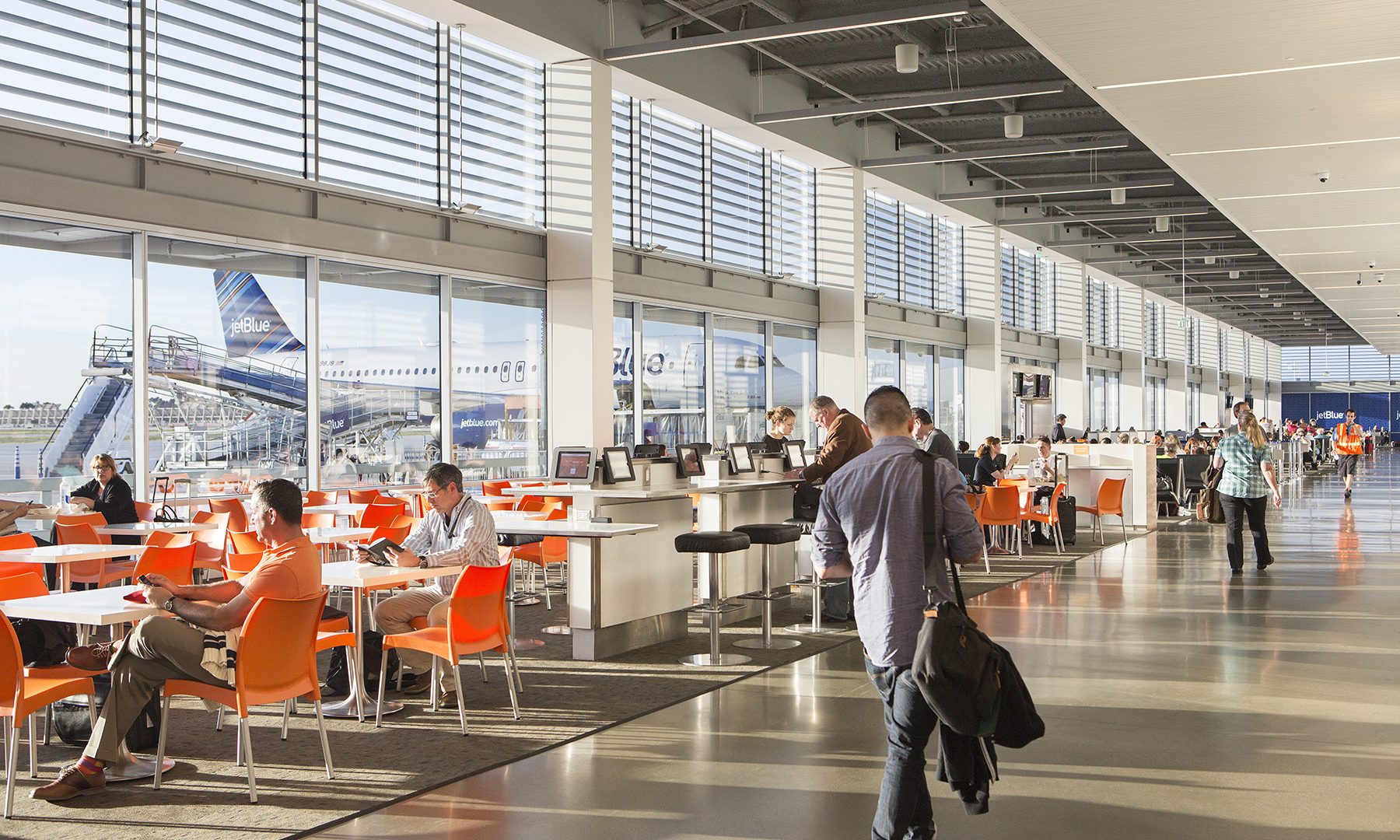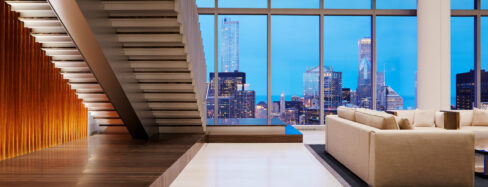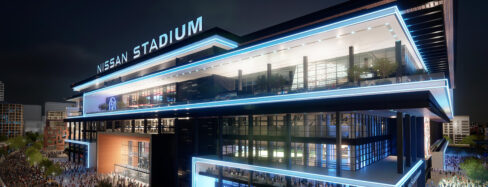Airports present complex design challenges, particularly around the topics of lighting and daylighting. Are you a passenger or a TSA agent? A baggage handler or a limo driver? A pilot or a gate agent? The answer dictates how much time you’re spending in an airport (or multiple airports), the time (or times) of day, and whether or not you have access to daylight.
While external factors such as food, drugs, stress, sleep, temperature, and exercise affect our internal clock (a.k.a. our circadian rhythm), none of them are as powerful as light, or, more specifically, daylight. Light synchronizes our internal biological rhythm with the 24-hour diurnal cycle of the Earth and is fundamental to our evolution and continued existence.
Research over the last few decades has demonstrated that light is not simply for visibility. In the morning, exposure to short-wavelength light – light from the sky that is towards the blue end of the spectrum – suppresses our production of the hormone melatonin and wakes us up. In other words, blue “melanopic” light resets our master clock. Around sunset, the decrease of blue light in the sky causes our natural luminous environment to become warmer. This transition of color and intensity signals our body to produce melatonin, which leads us to sleep.
This understanding of how light affects both our visual experience and biological processes has led to the development of guidelines that provide designers with direction on how to support the circadian cycle in different building designs and applications. One example is the WELL Building Standard. This design standard advises on the amount of Equivalent Melanopic Lux (EML) exposure an end-user should receive based on space types that include offices, learning centers, breakrooms, and living quarters. It can be difficult, however, to apply these prescriptions for circadian-effective lighting across the wide variety of space types that exist. A prime example are spaces with unique and short duration occupancies, such as airports.
Airports are a complicated building typology in terms of circadian-effective lighting. When crafting the lighting experience for airport occupants, a wide variety of individual lighting requirements and “lighting histories” need to be considered. For instance, airport workers such as security personnel, gate agents, ticketing agents, and cleaning staff are typically exposed to the airport lighting system over a long period of time on a regular basis. Passengers, on the other hand, are typically exposed for a much shorter and more infrequent duration. Passengers are also likely to have a more diverse lighting history – they typically originate from the same time zone, but then travel on to a different time zone. They may wake up before sunrise to catch an early morning flight, be greeted by short periods of intense electrical lighting while passing through check-in and security, and then sit in a dimmer holdroom while they wait to board. Depending on where they travel to and when they arrive, they are likely to experience an entirely different set of lighting conditions. For arriving passengers, it is a similar situation, but in reverse order. They generally originate from different locations and time zones, but then all end up in the same time zone of their destination.
All these variations have an enormous impact on an individual’s health and well-being. While there is still a lot to learn about how electric lighting may help alleviate this biological confusion, the one thing we know is that daylight is the best tool to reset a person’s circadian rhythm. Given that daylight is not available 24/7 and may not be present in all the spaces a passenger will travel through, it is worthwhile to explore new, available lighting technologies in search of a solution. Several lighting manufacturers have developed dimmable, spectrally-enriched LED luminaires which they claim are effective when used during daytime to entrain the circadian clock, so long as use is minimized in the evening to reduce impact on sleep initiation.
If ongoing research in circadian science reveals there are notable benefits in these new circadian-effective lighting technologies, they are likely to first reach permanent airport staff that have longer electrical lighting exposure times than passengers. This is partially because current design guidelines for airports focus on providing tools to help regulate the circadian cycles of workers, not passengers. With that said, can passengers reap the benefits of melanopic-rich lighting through exposure to higher dosages, but still experience a pleasing and visually comfortable environment? This may be difficult to do from an energy compliance point of view, as we’ll explore shortly. Let’s also remember that departing passengers often travel across time zones, so trying to assess and supplement each of their photobiological processes so they end up in the same place further adds to the design challenge.
A key question we might ask is “Can electric lighting alone supply the required melanopic light levels in spaces with no access to daylight?” In airports, non-daylit spaces often include security, customs, and baggage claim areas. One way to approach this is by considering the photopic (daytime visual response) target light level and the circadian effectiveness of the light source (expressed by its melanopic-to-photopic – M/P – ratio) at the beginning of the illumination design process. For instance, in an application where you are required to provide 200 lux of photopic light on a vertical plane, and you use a spectrally-enriched (melatonin-suppressing) LED source with a 0.93 M/P ratio, you would achieve 186 melanopic lux. If you have a target of 250 melanopic lux (e.g., breakrooms in WELL v2) you would not meet the WELL target with just electric lighting. You would need to either blast the space with a surplus of light or find a source with a higher M/P ratio that outputs most of its consumed power in short wavelength light. Considering that energy codes are becoming progressively stricter on lighting power allowances, solutions that apply the former approach are tricky to implement. In other words, the decision to implement a circadian-effective lighting solution is complex and must involve all members of the design and ownership team.
This article provides some fundamental knowledge of the circadian cycle and a means to assess the effect of new LED spectrally-enriched lighting technologies. One could argue that any contribution to melatonin-suppression during a controlled time interval will provide some incremental effect, even if it doesn’t meet an established threshold value. The success of implementing new lighting technologies therefore depends on the goals and expectations set for the project and should be evaluated on a case-by-case basis. Our goal is not to increase equipment and controls costs, but to deliver the lighting conditions that trusted standards link to the well-being of our end-users. Passengers and TSA agents, baggage handlers and limo drivers, pilots and gate agents: whether you spend all day at one airport or a few hours traveling from one location to another, every user deserves an illuminated environment that enhances the experience for all.


